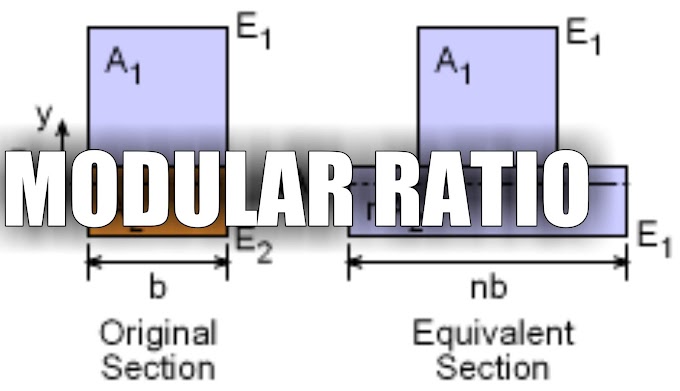In the realm of civil engineering, the creation of a water supply system is a marvel of planning and foresight. The system is a symphony of interconnected components, each with its own critical role, designed to work harmoniously over decades. Let's dive into the nuts and bolts of such a system, breaking down its design discharge values and periods, and unveiling the operational logic that sustains it day-to-day.
Design Specifications Table
| Component | Design Discharge | Design Period |
|---|---|---|
| Water Treatment Unit | Maximum Daily Demand | 15 years |
| Main Supply Pipes | Maximum Daily Demand | 30 years |
| Wells and Tube Wells | Maximum Daily Demand | 30-50 years |
| Demand Reservoirs | Average Annual Demand | 50 years |
| Distribution System | Maximum of Maximum Hourly Demand | 30 years |
Design Discharge Insights
Each component’s design discharge is a strategic figure ensuring that even on days with peak consumption, the system won’t falter. Water treatment plants and main supply pipes are aligned with the maximum daily demand, buffering for the days that strain the system the most. The distribution system, however, is where the true prowess is evident. It’s built to withstand not just the average but the "maximum of maximum hourly demand", readying it for the most rigorous of demands that can come at any hour.
Operational Logic
The operation of the system is a fine balance of storage and delivery. Treatment plants work continuously, often supplying water at about 1.8 times the average daily demand. This excess is not wasted but rather stored in reservoirs, accounting for the average demand and ensuring there's a surplus. This gives the distribution system a significant reservoir of resources to tap into during peak hourly demands, effectively providing about 2.8 times the average daily demand when combined with the ongoing treatment process.
Design Period Logic
Why does a treatment unit have a shorter design period compared to a reservoir? The answer lies in the pace of technological innovation and the practicalities of infrastructural replacement. Treatment units, being more susceptible to advances in technology and easier to upgrade, have a shorter lifespan in design. In contrast, wells and reservoirs, with their high replacement costs and construction challenges, boast a longer design period, a testament to their robust construction and the foresight of their design.
Conclusion
The design of a water supply system is a complex yet beautifully logical puzzle. With components tailored to handle peak demands and a lifecycle that accounts for technological evolution, the system is primed to serve communities efficiently for decades. Understanding the interplay of design discharge and design periods offers insight into the meticulous planning that underpins our everyday access to water, a resource as vital as it is cherished.





0 Comments